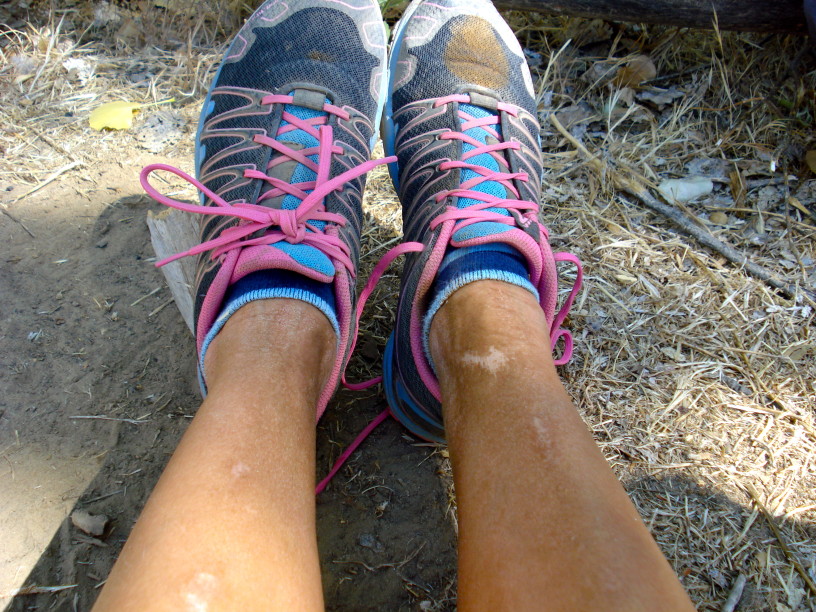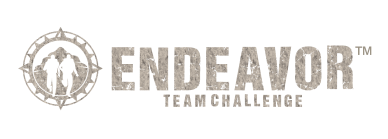BLOG ARTICLES
The Devil is in the Details: Foot Care

By: Jaala A. Thibault, 2013 ETC Finisher and 2014 Competitor

“It’s the little details that are vital. Little things make big things happen.” –John Wooden
In endurance racing, it is your feet that are the little things that can make big things happen.
Healthy feet will take you places. You will never have to stop and treat blisters; you’ll never have to worry about changing your gait to compensate for a hotspot. You’ll be able to focus on the tasks at hand, not on how difficult it is to walk.
Irritated feet, however, can make your life quite difficult. If you have blisters or hot spots, it will be impossible to focus on anything but your feet, because until they are taken care of, lanced, or taped, you’ll never stop feeling the pain.
As far as feet are concerned, there are three things to consider when prepping for any type of endurance race where you will be on your feet for an extended period of time:
1. Prevention
2. Preparedness
3. Care (if a blister does occur)
Just recently, I threw caution to the wind, ignored my own good sense, and went on a hike with new shoes, cotton socks (all of my smart wool ones were dirty!) and no supplies. Needless to say, little things turned into big things. By the end of the hike I was limping with a knee problem. Later I figured out that I had strained my IT band because of the way I was walking to compensate for the blister on my foot. It took me two weeks to recover from, what I would consider, a very short “walk.”
Had I followed my own advice, I probably would not have ended that hike with blisters and a sore knee. Here is what I learned:
Lesson #1: Prevention
Don’t do any serious racing or training in a new pair of shoes. I thought I’d break in some new boots with flimsy socks on a “short” ten-mile hike. Bad idea!
As I prepped for my first Endeavor Team Challenge, I took a lot of time testing out different shoes. As a person who usually wears minimalist trainers, I thought that I may need some more support for a longer race, however I was wrong. I ended up settling on Inov-8 trail roc 236’s (http://www.inov-8.com/New/Global/product-select-off-road-womens.asp?L=27&G=Female&A=Trail). These shoes had a more aggressive tread than everyday running shoes, but were still minimalist (3mm drop). Because my arches had already collapsed a bit from wearing minimalist shoes for years, it turned out that anything with too much support hurt my feet more.

So, long before the race, choose some shoes that make sense for you. Boots are great for some people, but for others, some type of trail running shoe may be a better bet.
In addition to choosing proper shoes, experiment with your socks. Cotton socks do not wick sweat away from your feet, they trap it and become a wet rag, swimming in your shoes. Wool socks (like smart wool), or other synthetic brands, tend to breathe better.
Lesson #2/#3: Preparedness and Care
Bring along everything you need to prevent a blister from happening, or to treat one once it pops up. Since I considered my training hike to be short, I failed to take proper supplies, so when my feet became irritated I had to continue walking without treating the blisters. This caused bigger problems downstream.
Usually, I would have had a product to put on my feet called “hike goo” http://www.amazon.com/HikeGoo-Blister-Prevention-Specifically-Formulated/dp/B008RRXC9O Before putting on my socks, I slather this stuff between my toes in order to cut down on the friction created by sweating and moving. The lotion like substance unctuous enough so that it doesn’t dry up or seep into the skin for hours.
Had I been smarter, I would have brought a blister kit too. A blister kit is a bit different for everyone, but it should have something to lance a blister with, tape or mole skin to cover the blister, either foot powder or some type of Vaseline-like product, and possibly some kinesio tape if things go really wrong and you need some arch support or shin support due to a change in your gait (to compensate for blisters).
When a hot spot (or blister) develops, it is best to take care of it as soon as possible. If left alone, it could affect the way you walk and result in other injuries (my sore knee/IT band, for example).
For a more technical write-up on foot care, check out endurance racer Mark Webb’s blog: http://overld.me/2014/03/30/feet-keeping-your-wheels-turning/
